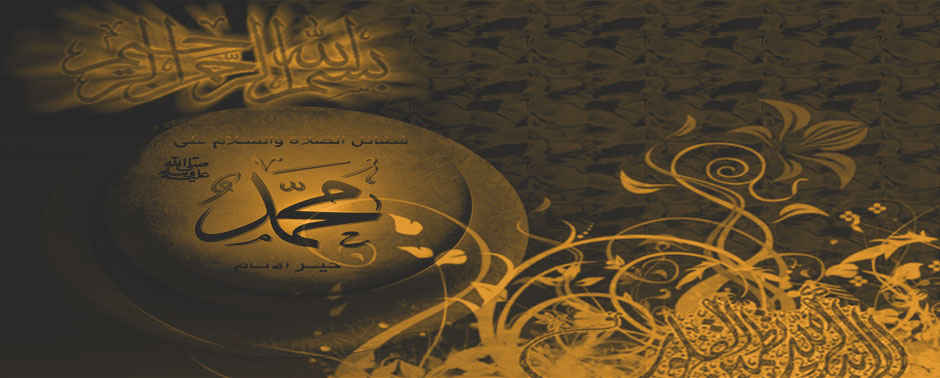Shamael-e Sharefe: Exemplary Nature and Personal Habits of Rasulullah(saw)
We all know that Prophet Muhammad(saw) is a role model for every Muslim. Shamael-e Sharefe is a term used in Sunnah and Islamic history to describe the total sum of behaviors, attitudes and daily habits of him. This Shamael term has rings of “character and spirit” as well, sharefe means the honored one.
His sahaba narrated his daily habits and a non-Muslim can wonder why it is important for Muslims to learn about the daily life of a “spiritual being like a prophet”.
The answer is simple : The tone of his modesty and integration of himself an individual as an ordinary folk within a society can set a perfect role model for every Muslim in the world today. By studying “Shamael-e Sharefe” Muslim can learn and equip themselves to encounter critics of Islam, especially when they question the motives of Muslims on why they should follow somebody “from 7th century in today’s world.”
Because behaviors and attitudes like modesty, solemnity, austerity, debonairness, charitableness and compassionateness are universal values and they bear no chain to time and space.
And Prophet Muhammad(saw) has them all.
Many accounts of Sahaba narrations tell us that;
He enjoyed sharing his food with every single member of society regardless of their social position and cultural and ethnic background, as well he enjoyed feeding animals
He cleaned his own house by himself, despite having access to assistance at will.
He saluted people first, regardless of their age and wealth.
He repaired his own shoes and did his own needlework for his old clothes.
He always accepted invitations for dinners and friendly gatherings.
He never burst out laughter but kept a vague smile all the time, as well he looked a bit sad but never sullen and always had a aura of “thoughtful visage”. Very articulate in his speech with crystal-clear tone for easy understanding. Never shouted or yelled at people, even at the most tyrannical critics of him.
He wore clean but simple clothes, never wore silk or used golden jewelry.
He had a healthy body and athletic figure and was always in shape to carry out his own tasks. Had perfect eye-sight and hearing abilities.
Always warned his sahaba about personal hygiene and he himself was very keen about it.
When he heard something unpleasant or disrespectful, instead of instant reply and verbal response, he mostly turned his face the other way and kept silent.
Pages of history of Islam and many hadith collections are full of these type of examples. These kind of anecdotes are essential for today’s Muslims so that they can have clear picture of their prophet in their mind and have him as a perfect role model.









You must be logged in to post a comment Login